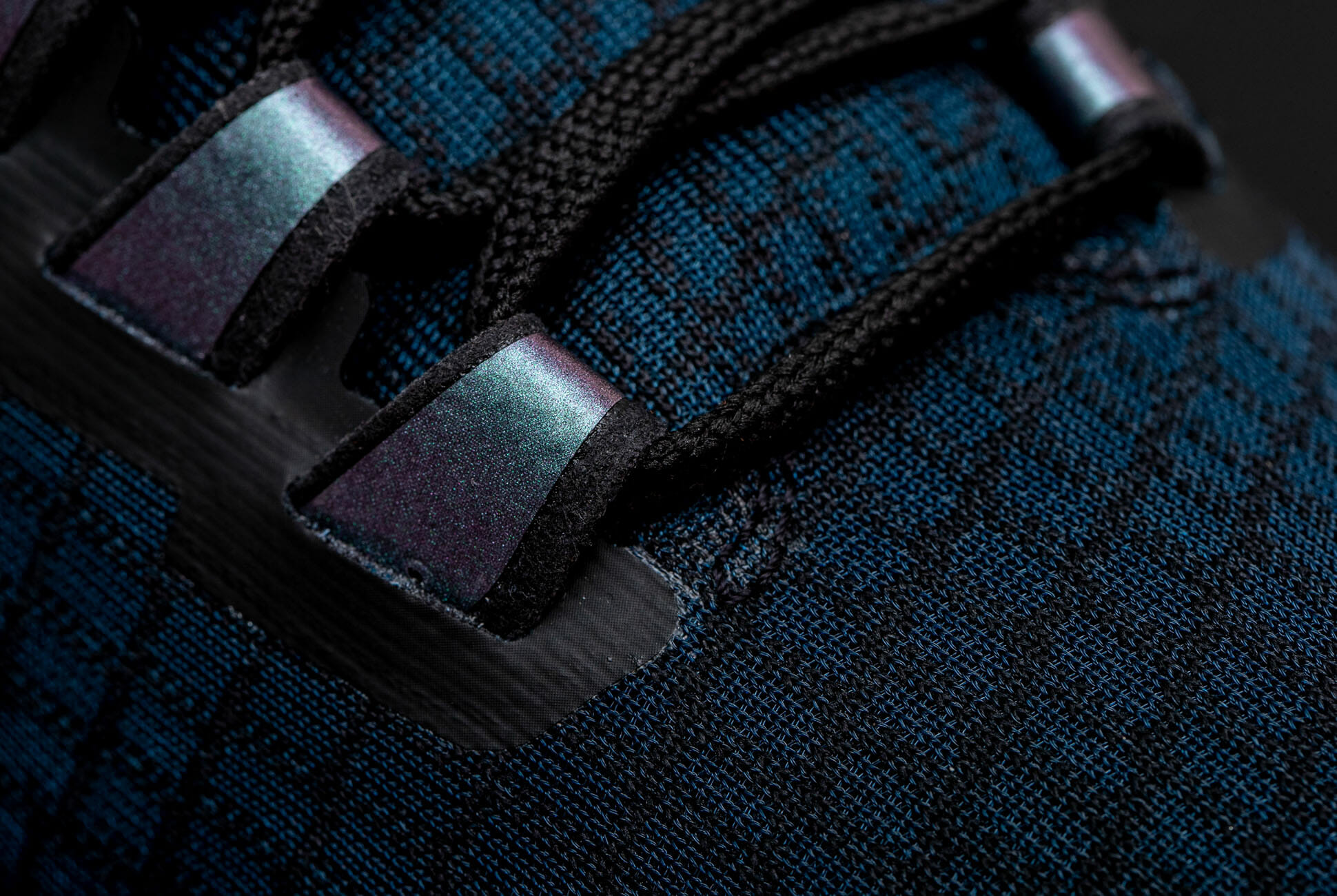One of the first things our testers — some of whom have been trying out the various iterations of Pegasus for years — noticed was a sense of stable comfort.
“I like how supportive and plush they feel from the moment you first step into them,” one commented. “It’s a much thicker and more supportive upper. The tongue is shorter and less flexible to be more supportive. The heel cup seems similar support wise, just a bit more padded.”
Adding to that sentiment, another tester saw a resemblance to Pegs of yore. “The new foam is noticeable,” he noted. “It’s a lot of softer and springier, but less responsive; the last two iterations of the Pegasus felt really quick and fast. I see the 37s as a return to form of sorts for what earlier iterations aspired to be: a no-nonsense running shoe for easy days.”
A third tester thought the shoe’s looks were also worthy of note. “The styling makes me feel like a better runner than I actually am,” he remarked. “I am not typically one to wear running shoes when not running, but I just might wear this pair for non-running activities.”
The phrase “the shoe for every runner” has a democratizing, middle-of-the-pack feel, but the flip side of that coin is that more ambitious runners might be left wanting.
“I don’t need this much support in running shoes so I’d like to slim down the upper,” said a female tester who has run Boston Marathon-qualifying times. “I prefer a shoe that’s lighter and more flexible. There’s a lot of cushion in this, especially due to the airbag that’s been shortened and is just in the forefoot now. You can feel that padding underfoot as a midfoot striker.”
She also shared a pro tip: “when you use a heel lock on this it’s extremely supportive, so that’s helpful if you feel like your ankles/lower calves get tired after runs.”


“I will wear these for easy/recovery days,” said another high-performing tester. “I would never take these to the track.”
Other Options
Given its level of cushioning and support, the new Pegasus has drawn comparisons to the Asics Gel-Cumulus and the Saucony Kinvara. That’s not too surprising, as both are hugely popular shoes at the top of their respective brand’s lines.
Verdict
If you’re looking for a shoe that boosts your speed work or helps you hit a new 10K PR, look elsewhere. However, if you’re more of a workhorse runner who appreciates support, cushioning and durability, you’ll likely find a fit here.


“A good overall option for new runners, people who just run a few times a week and/or run the same distance/intensity every time they run,” observed one of our testers. “People who do long runs, tempos and speedwork will still get use here, but they’ll want to supplement with other types of shoes.”
“I would recommend these to a runner who wants to feel their sneakers hug their feet,” another tester concluded. “These are for someone who wants to feel more cushion underfoot rather than feel the ground. If you’re used to running in a stability sneaker (slightly heavier) this is a good transition shoe to help mix up your repertoire.”
Bottom line: as a streamlined step up for stability fiends and a recovery shoe for speed freaks, the Pegasus 37 is true to its roots as a shoe for every runner. Just make sure to be clear about your plans for it before hitting the road.
Nike provided this product for review.




